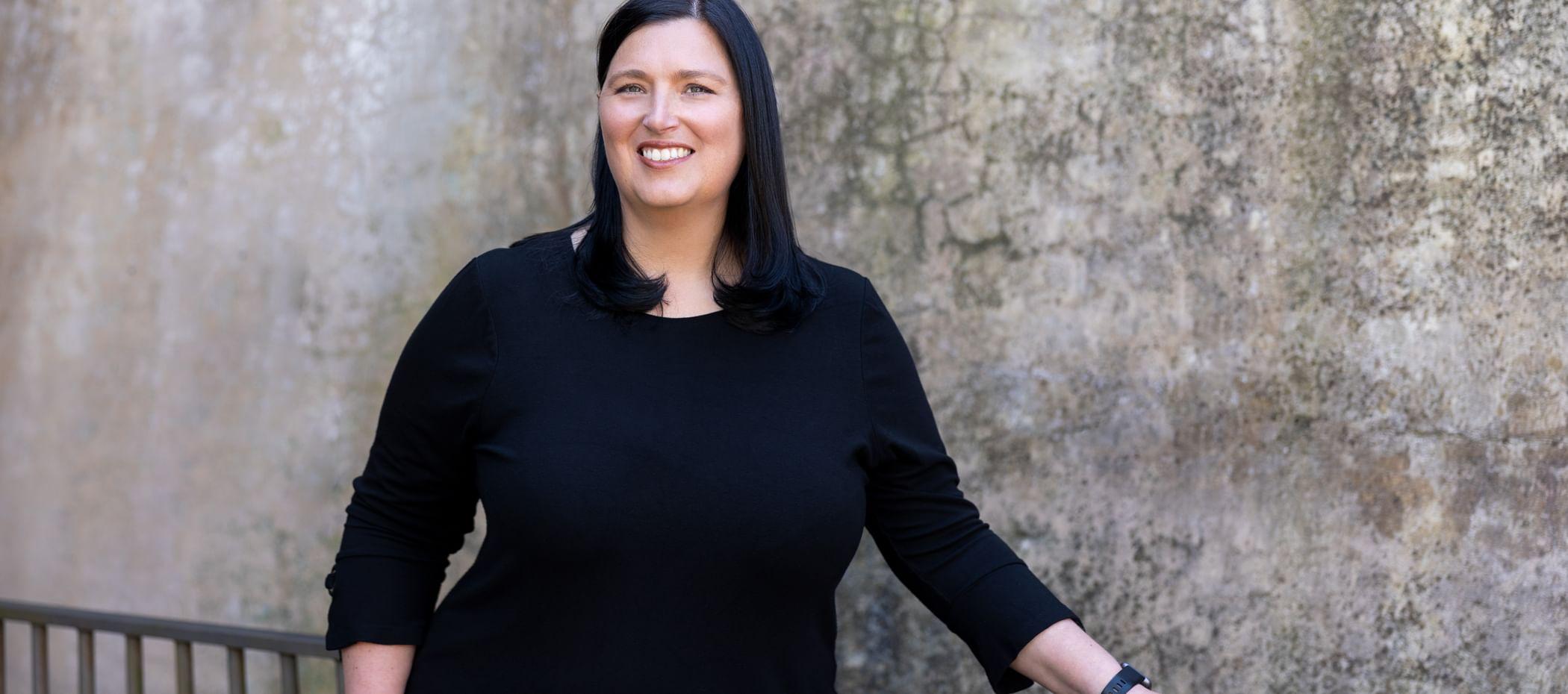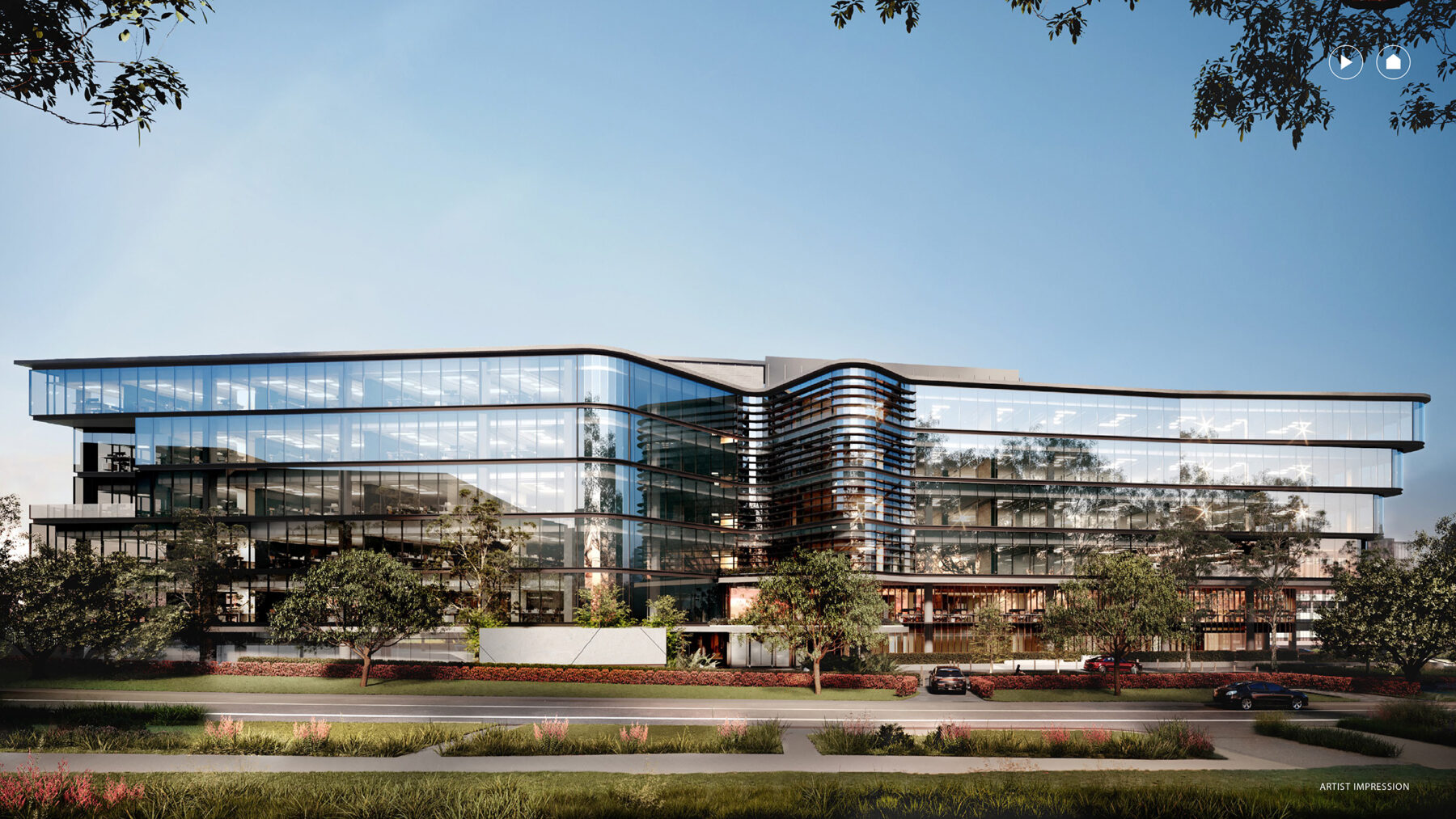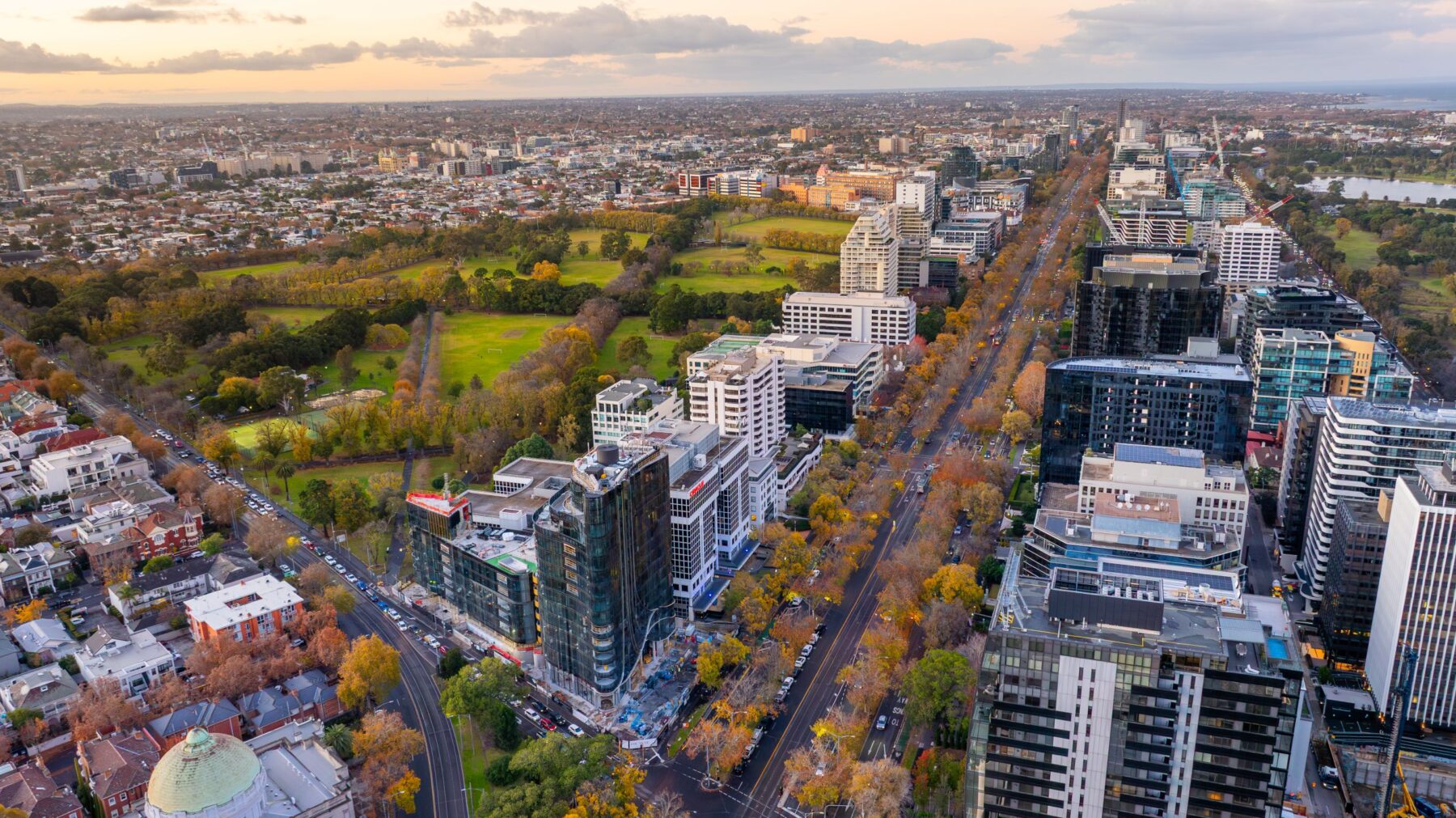
While working from home and flexible working conditions have been growing in popularity over the past ten years, the COVID-19 lockdowns escalated changes in working habits, which have impacted the way in which businesses need or interact with their workspaces. As a result, the take up of office space has dwindled. Some businesses look to downsize their spaces and perhaps sub-lease, while others have reconfigured the working environment to provide flexibility and collaboration, or relocated to new premises to lure staff back in.
This change in our attitudes towards office accommodation is not only an Australian issue. Markets around the world have been impacted, with major cities such as New York recording vacancies eclipsing 20 per cent, and Toronto as much as 15%. European cities such as London and Berlin have high vacancies, yet sit below Australian levels, while Asian markets such as Tokyo and Hong Kong are showing signs of improvement. For many of these markets the increase in net absorption signals a move back to a more normalised market, led by prime stock. Despite high inflationary pressures, effective rents have seen limited positive movement with concessions and incentives to entice tenant’s commonplace around the globe. The flight-to-quality internationally is real, with prime leasing deals representing as much as three quarters of all transactions, improving vacancies across the premium and A-grade end of town in some markets.
Considering this trend and the recent Property Council of Australia Office Market Report, analysis of markets by quality grade shows some mixed results. Queensland has been the standout performer this year with Brisbane CBD one of the only CBDs to record vacancy declines. Brisbane fringe had the greatest non-CBD take up, while the Gold Coast boasts the lowest vacancy rate in the country. However, when considering prime (premium and A grade) compared to secondary (B, C, D-grade) vacancies in the secondary markets outperformed, a trend slightly unexpected given no prime new supply was added to these markets in this period. Brisbane CBD currently boasts a prime vacancy of 12.5 per cent compared to 10.4 per cent in the secondary market, however, we cannot look at this data in isolation. There has been strong take up recorded in the CBD over the last 12 months of 52,543sqm which has eclipsed the secondary market. For markets in both Queensland and Western Australia, population growth has spurred on office activity with positive take up recorded across both quality grades, unlike other states. However, the bulk of activity remains in the prime end of town highlighting this flight-to-quality.
Sydney CBD has recorded vacancies in both prime and secondary at similar rates of 11.4 per cent and 11.7 per cent respectively and, considering new leasing activity, we can see the clear flight to quality which has emerged. While the absorption of space for Sydney’s markets, such as the CBD and Parramatta, has not had the volume to move the vacancy rate downwards, it is clear new tenants are fleeing older style stock for shiny Premium and A-grade offerings. Supply of these assets in these markets too have played a role. Continued new supply of high-grade assets is not allowing these markets to reset after the COVID-19 disruption.
In our analysis of major office markets, Melbourne CBD was the only region to record a decline in occupancy across both prime and secondary spaces. This market has been the worst affected by pandemic lockdowns, and looking ahead its improvement will likely be hampered by high volume of supply additions with only partial precommitments. Over the last 12 months the Melbourne CBD has lost over 90,000sqm of tenancies, with close to 70% of these from secondary assets, raises the question of what will the future hold for secondary office buildings?



